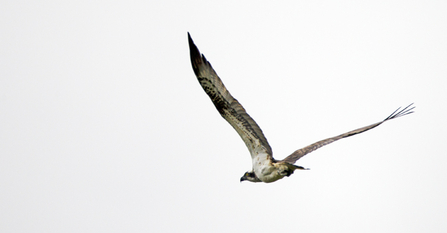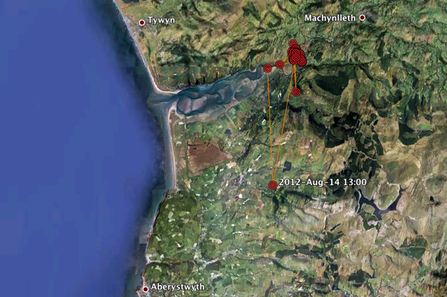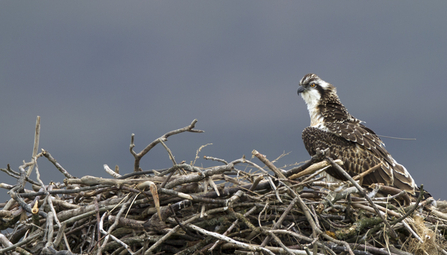Ceulan has been flying exactly four weeks today. He's 81 days old and he's entering a time in his life when the urge to fly south gets stronger by the day. We've watched him develop his flying skills on a daily basis and he has honed his skills to perfection, handling the strong winds of the past week with relative ease. We can now award young Ceulan his fourth and last pilot's stripe - he's now in the Captain's seat.
Feather growth is now fully developed, helping Ceulan master the art of flight




